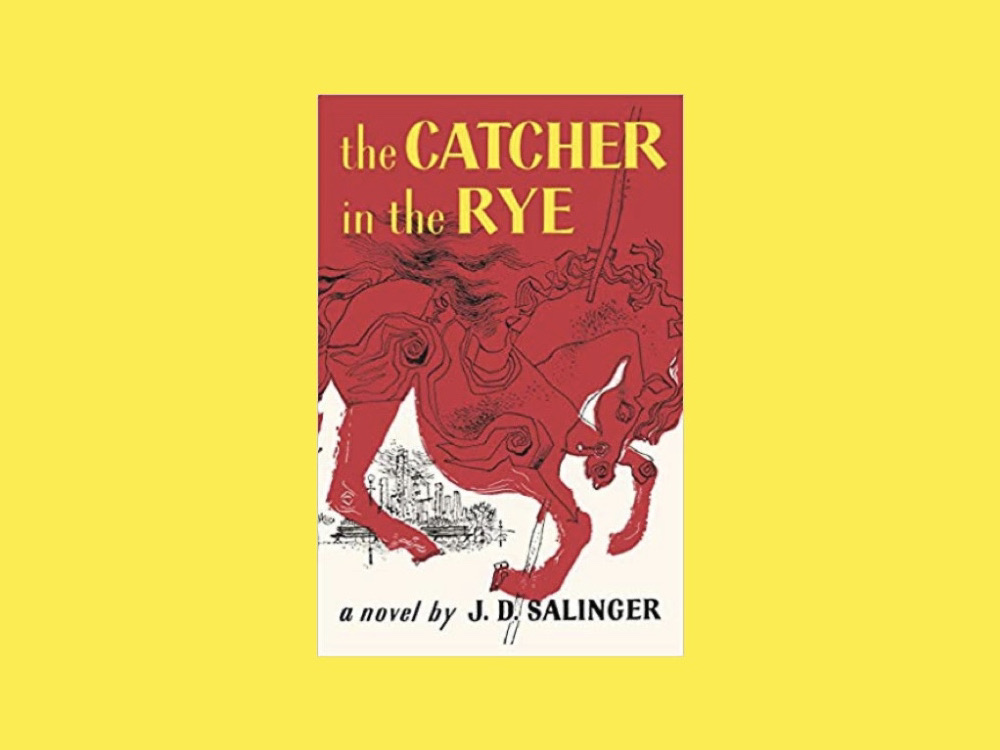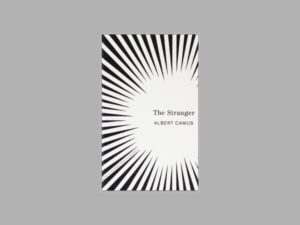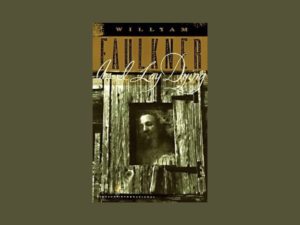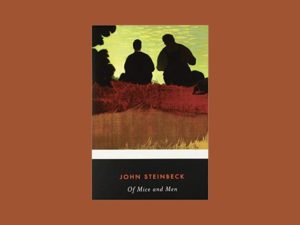In the 9th grade, I went through a rebellious phase of reading and collecting “Banned Books,” where the Catcher in the Rye (1951) by J.D. Salinger was marked as one of the most banned books for its profanity and sexual references. Since then, it sat on my bookshelf unread. A few years after when I decided to step away from British classics and read something from my own country, this book is what I chose with expectations for it to be something similar to Of Mice and Men or As I Lay Dying or any American book along those lines where it included profanity but was used to convey a message and somewhat of a serious story with a clear point.
I quickly learned, that was far from my expectations. The story is set in the 40’s, about a moody teenage boy named Holden Caulfield who gets expelled from his boarding school and the journey home back to New York. He doesn’t go home straight away, but spends a few days in the city, hesitating to tell his parents about the news as he’s been expelled several times before. On an unrelated note, my father is from an area one hour away from NYC and I’ve spent a few summers and winters there, so I enjoyed recognizing the station, park, and city names where Holden frequented. I think people who are familiar with the geography would enjoy the book more.
This is all written through the eyes of Holden in the first-person narrative, and the author chooses a narrative mode of stream of consciousness, which I think works best since this character is what makes up the novel opposed to the plot making up the story. What amazed me was how Salinger wrote Holden’s exact thought process while developing the scene around him, creating a clear visual narrative. As this is such a character-driven, linear story, if Salinger chose a different mode of narrative with the same plot, it most likely would have resulted to a cumbersome story.
How this story is narrated with the dialogue of a teenager could get annoying, but what makes Holden unbearable to some is his personality. Holden is so flawed. Although he believes he is the moral compass and superior, he is hypocritical, intrusive, judgmental, cynical, misogynistic. This is manifested through repetition – repetition of language and action by Holden; by this, Salinger makes Holden’s character so distinct and his voice, so recognizable. As a result, Holden Caulfield has become an iconic character in American literature.
After reading some reviews and talking to others who have read it, I learned that this is a very polarized book, where people either love it or hate it, the reason being they don’t like Holden or how there is no point to this book– the story is just following a teenage boy’s mundane life; it starts out of nowhere and drops out of nowhere. Many were annoyed to the point to questioned why it is considered a classic.
With most classics, authors are praised for their writing style or construction of the novel; thereby, I didn’t find anything stylistically revolutionary examining Salinger’s writing. What made it revolutionary was not from the quality of the plot or the language, but the fact that there wasn’t any other book dealing with the theme of adolescence at that time, it was a time when young-adult wasn’t a section in the bookstore. I think this book was the start of the genre, making it unique at that time and relatable, as most have battled with the entry of adulthood, and the reason for its instant success.
Speaking of the young-adult genre, when reading this book, I noticed the protagonist and the [sub] themes heavily resembled the coming-of-age novel by American writer Stephen Chbosky, the Perks of Being a Wallflower(1999), an epistolary I read years ago. The literature loving protagonist in Chbosky’s novel, Charlie, was recommended the Catcher in the Rye by one of his only friend, his English teacher (also similar to the situation Holden is in, so Charlie and Holden do in fact cut from the same cloth). I believe it is the neoteric version of the Catcher in the Rye. It was fun making the connection, although I wish I read the two books in opposite order.
What I liked about this book is that it has thoughtful ideas about human nature and its philosophies. It is good at highlight facades in society through Holden, and the pointless, unauthentic actions we take to please others (as he is constantly pointing out those who participate in those actions by calling them “phonies,” although he partakes in it too, making him an unreliable narrator and a hypocrite as I mentioned before).
In addition, this book had some insightful quotes about the effects of depression it has on humans (“I felt so lonesome, all of a sudden. I almost wished I was dead” Chapter 7). Perhaps because it is a relevant topic today, I wish the book would have gone in depth about his mental health and ideas relating to that, however, because he was obviously depressed. I think it would have added another interesting dimension to the story.
Out of all of the quotes, my favorite quote from the book is “I damn near broke my crazy neck.” I laughed out loud reading this. The whole scene was funny to me.
I thoroughly enjoyed this book and would recommend people reading this multiple times during different points in their life. I wish I would have read this when I was entering adulthood, but I’m glad I had the chance to read it now since it made me think about innocence and how other’s may deal with moving on to adulthood. I rate this book a 7/10.





